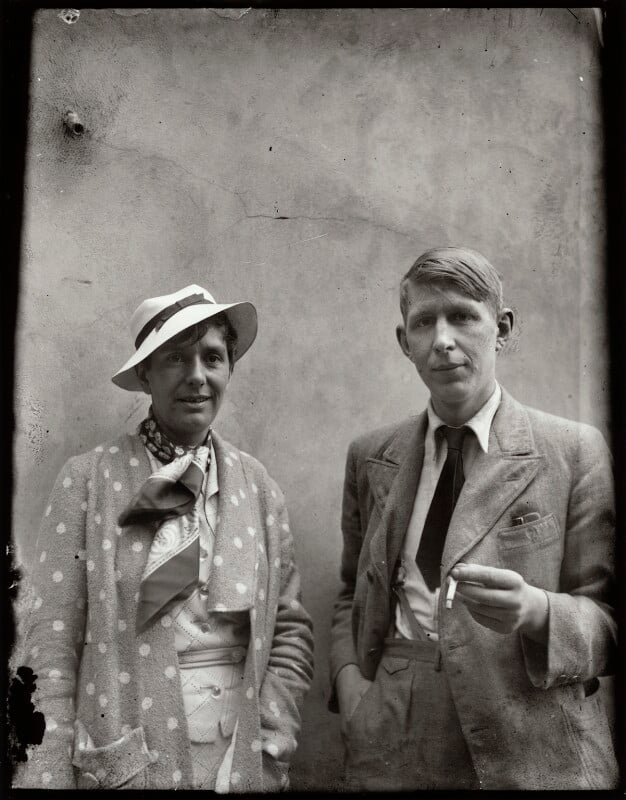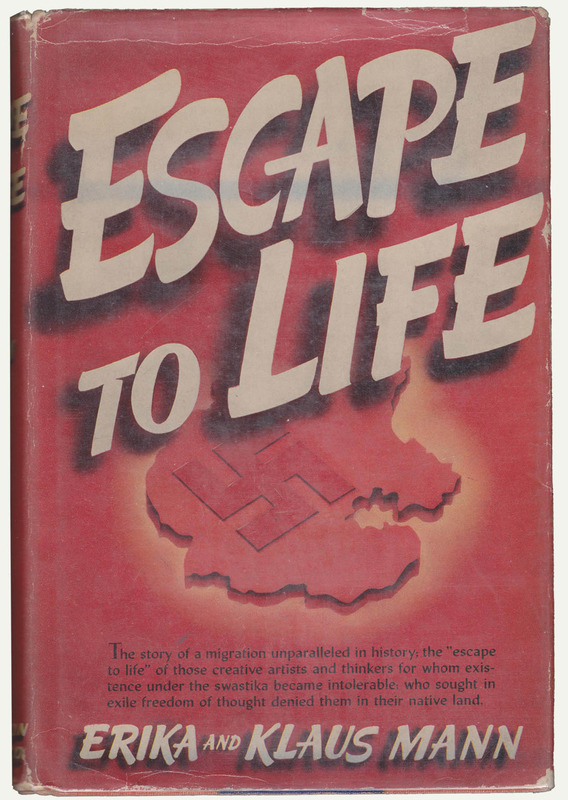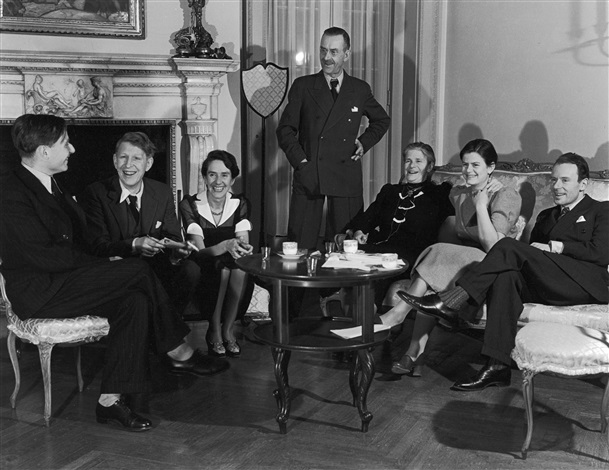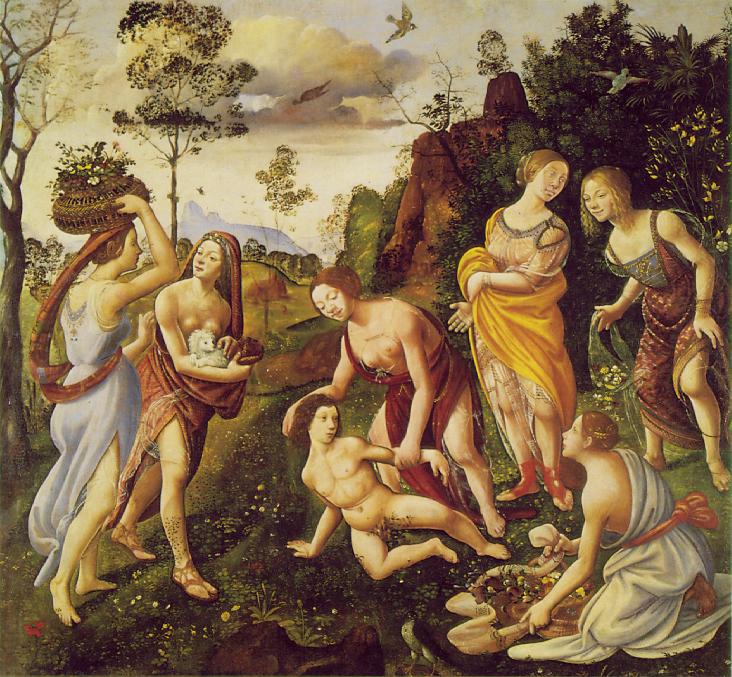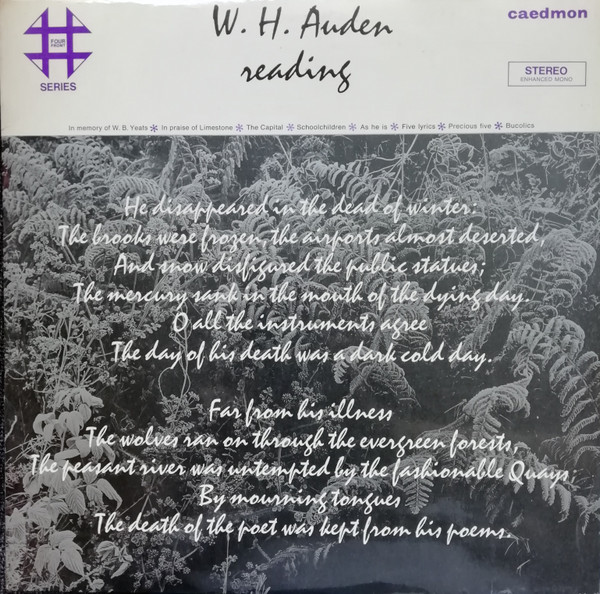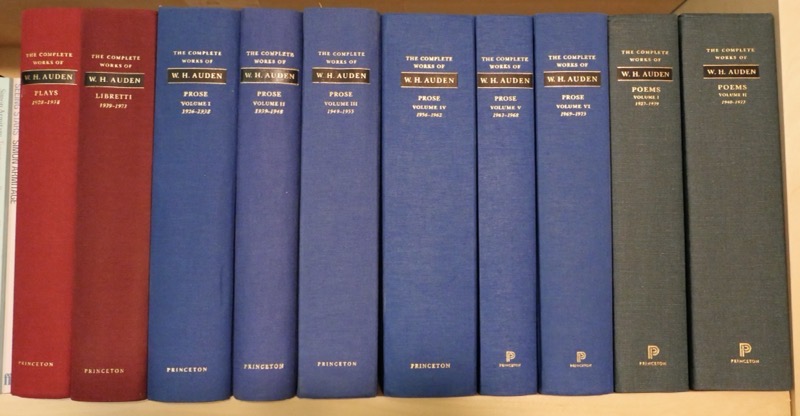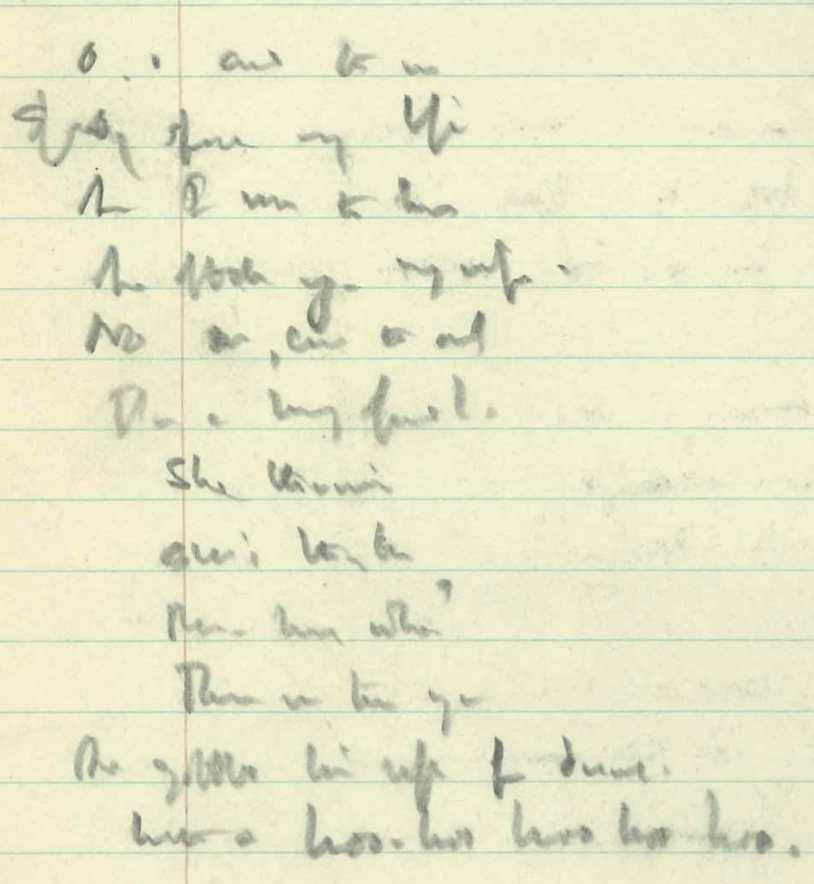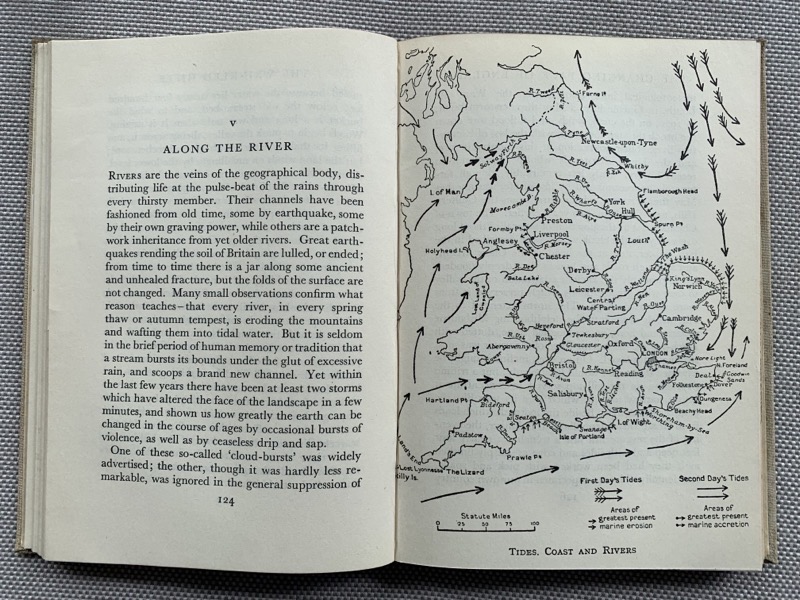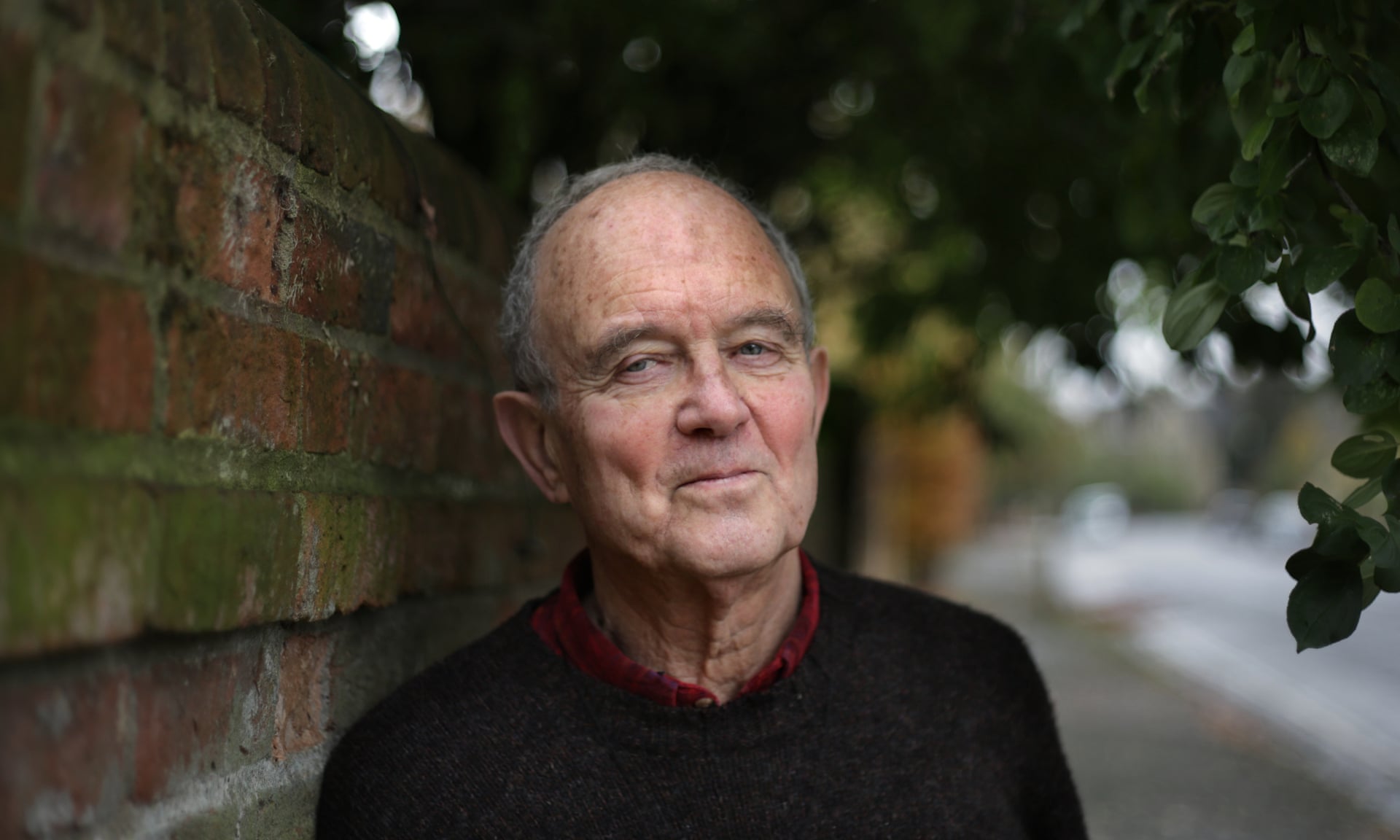The poet Geoffrey Hill has died, age 84. As a token of my esteem for him, I’m posting here a review I wrote in 2004 for Books and Culture of his collection of essays, Style and Faith.
A. N. Wilson has written, “I think Geoffrey Hill is probably the best writer alive, in prose or rhyme, in the English language.” Michael Dirda confines his judgment to the realm of verse, but disdains qualification: “Geoffrey Hill is the greatest living English poet.” And Peter Levi adds to Dirda’s assertion a jutting insistence: “Geoffrey Hill must by now be indisputably the best living poet in English and perhaps in the world.”
At least Levi‘s “perhaps” gives us room to dissent from the global judgment. But “indisputably” was surely unwise – what word could better guarantee dispute? Indeed, it is the nature of such claims to invite demurrals, counter-claims, refutations. But they also command attention, and perhaps that is what Wilson, Dirda, and Levi wanted above all, since many otherwise quite literate people do not know the work of Geoffrey Hill.
Hill was born in England in 1932, but has lived for fifteen years now in this country, where he is Professor of Literature and Religion at Boston University. Between 1959 and 1992 he published five slender volumes of verse, plus a New and Collected Poems (the new ones being rather few), and an extraordinary collection of essays, The Lords of Limit. Especially in his first four books, Hill’s poems are rather consistent in their tone and their resources: they combine a fascination for the Latinate with a deep, deep immersion in the early centuries of the Anglo-Saxon Christian world. (Of a set of poems called “Funeral Music,” Hill wrote, “In this sequence I was attempting a florid grim music broken by grunts and shrieks.”) One of Hill’s finest achievements is surely the sequence of prose poems called Mercian Hymns (1971), which call forth the long-forgotten eighth-century world of King Offa of Mercia — a kingdom in what we now call the English Midlands, including Hill’s native Worcestershire. Hill’s writing is always difficult to understand — it has often been called obscure — and it seems meticulously wrought, which may explain how little there was of it, until recently.
It was, by and large, this rather slight harvest of four decades’ labor that prompted the lavish praise noted above. But in the last seven years Hill has produced four volumes of verse that have stunned his readers not only by their bulk but also by their sometimes quite dramatic differences from the earlier work — differences in tone, style, and often theme. It is difficult to imagine the pre-1990’s Hill composing a poem about someone like Diana, Princess of Wales – and utterly impossible to imagine him writing, as he does in Speech! Speech! (2000), of bringing forth his memorial “wreath to the vulgar gates.” Reading these poems, one familiar with Hill’s idiom is unsurprised to find words like “vitrine” or “pellitory,” but doesn’t know what to make of “RAPMASTER” and “BEEN THERE DONE THAT,” even when they appear in big caps like newspaper headlines. Only Auden, among the major English poets, remade his verse more thoroughly that Hill has. And so soon after the remaking, it would be reckless now to say that Hill is “indisputably” anything. At the moment, I don’t like the recent poems at all. But from my studies of Auden I have learned at least this: to wait until the dust has well settled before attempting a serious judgment.
In the meantime, it is impossible not to think of Hill’s new book, Style and Faith, as a possible source for clues to this transformation. It contains but seven essays, all previously published, comprising 159 pages in all (the remainder being notes and apparatus). The first links Gerard Manley Hopkins and the Oxford English Dictionary, while the last considers T. S. Eliot; but in between Hill meditates on major figures of the sixteenth and seventeenth centuries: Tyndale, Donne, Richard Hooker, Robert Burton, Henry Vaughan, the historian Lord Clarendon, and (sneaking into the next century) Isaac Watts and the Wesleys.
A straightforward reading of Style and Faith – and not, I think, a superficial one – would lead to the conclusion that Hill cares a good deal more about style than about faith. On matters of style, or more generally of language, he is always quick to state a conviction: that the revised O.E.D. does ill to include “tofu” while neglecting Hopkins’s coinage “unchancelling”; that David Daniell was unwise to modernize the spelling of his edition of Tyndale’s New Testament; that Isabel Rivers’s critical study Reason, Grace and Sentiment “is oblivious to its own compliance with the prevailing jargon of modern communication.” But when considering matters of faith Hill assumes the dispassionate voice of a historian: he will demonstrate that the various styles of Burton, Hooker, and Donne incarnate equally various modes of faith, but he will refrain from stating a preference. He will explore with great sensitivity and nuance a single pivotal word in a poem by Vaughan, noting its spiritual resonances but judging them not.
Such a habit leads the reader – or leads me, anyway – to wonder if some of Hill’s critical statements are not cloaked self-revelations: “Clarendon’s style, therefore, however firmly it adheres to the principle of integrity and comeliness, in practice is bound to show signs of strain, of badly resolved perplexity, partly realized contradiction, and implicit self-contradiction.” (Does this suggest Hill’s dissatisfaction with his own long-honed style, and a resulting need for change?) Or this comment about the tension between theology and artifice in the Wesleys’ hymns: “I think it entirely possible for a hymn to be, at one and the same time, joyful and ‘unhappy’; that kind of oxymoron is inherent in the creative matter, the ganglion of language and circumstance from which the piece of divine poetry is created.” (An explanation of the deep sobriety and sadness of much of Hill’s verse?)
These are the merest of speculations, and could scarcely be anything else. But one passage is clearly more than that, and truly illuminates Hill’s thinking. Near the end of his essay on Vaughan, he stresses the need to conceive of language as “something other than a mere ancillary of ‘vision’ or ‘experience’. Language is a vital factor of experience, and, as ‘sensory material’, may be religiously apprehended.” That affirmation links Hill not only to Vaughan but also to the poets who bookend this volume, Hopkins and Eliot. As different as they may have been stylistically, both sought to achieve a fully “religious” apprehension of language and were continually (even agonizingly) aware of the forces in self and world that set themselves recalcitrantly against poetry’s hopes for catching the transcendent. In these essays – as in his previous essays – Hill situates himself in their company. We should preserve Hopkins’s inscrutable “unchancelling,” however few people will care about it, and even if our concern for such words leads us to neglect “tofu.” After all, did not Eliot remind poets that their task is to “purify the dialect of the tribe”? That style matters is, for Hill, an article of faith – as it was, he says, for John Donne: “With Donne, style is faith.”
Whether Hill’s joining of style and faith has anything to do with actual Christian belief – as it certainly has for Donne and Hopkins and Eliot – I cannot say. Adam Hirsch, writing in The New Republic about Hill’s most recent book of poems, The Orchards of Syon (2002), points to a passage in which Hill writes, “But the Psalms — they remain,” and suggests that they offer “if not wisdom, then something / that approaches it nearly. And if not faith, / then something through which it is / made possible to give credence.” Hirsch notes the “evasion” of this passage, its refusal to make a straightforward avowal of wisdom or faith. And the same evasion is present in this volume: Hill concludes his preface by noting that “in most instances style and faith remain obdurately apart. In some cases, despite the presence of well-intentioned labour, style betrays a fundamental idleness which it is impossible to reconcile with the workings of good faith.” Reading which I think, “good faith”? Bona fides? Oh, I thought you were talking about faith.”
In any case, “style is faith” is what Hill has always believed. So if we ask what these essays do to explain or illuminate the dramatic change in Hill’s recent poetry, the answer, I’m afraid, must be “Nothing.” The essays were published between 1989 and 1999, the very period in which Hill was reinventing his verse, and in that light what is most surprising about them is how much they resemble his earlier essays. The gusts of idiomatic currency that have blown through Hill’s last several years of poems are undetectable here, at least to me. The knowledge that, sometime in the 1990s, Hill began taking medication for depression could well be more helpful in interpreting these new poems than anything in Style and Faith – scrupulous, learned, and sometimes wise though those essays be. All of his essays share with his earlier poems an emphasis on the forces that can and should restrain and correct the poetic imagination: language, history, all the forms of context – in a word, limit. (“Lords of Limit” is a phrase from Auden, who shared this emphasis.) Geoffrey Hill’s recent poetry remains formally strict and meticulously structured, but in its diction at least — and diction means much to Hill — it exceeds the limits its author, for thirty years or more, set for it. Whether this is a development to mourn or to celebrate time alone will tell. Style and Faith doesn’t.



